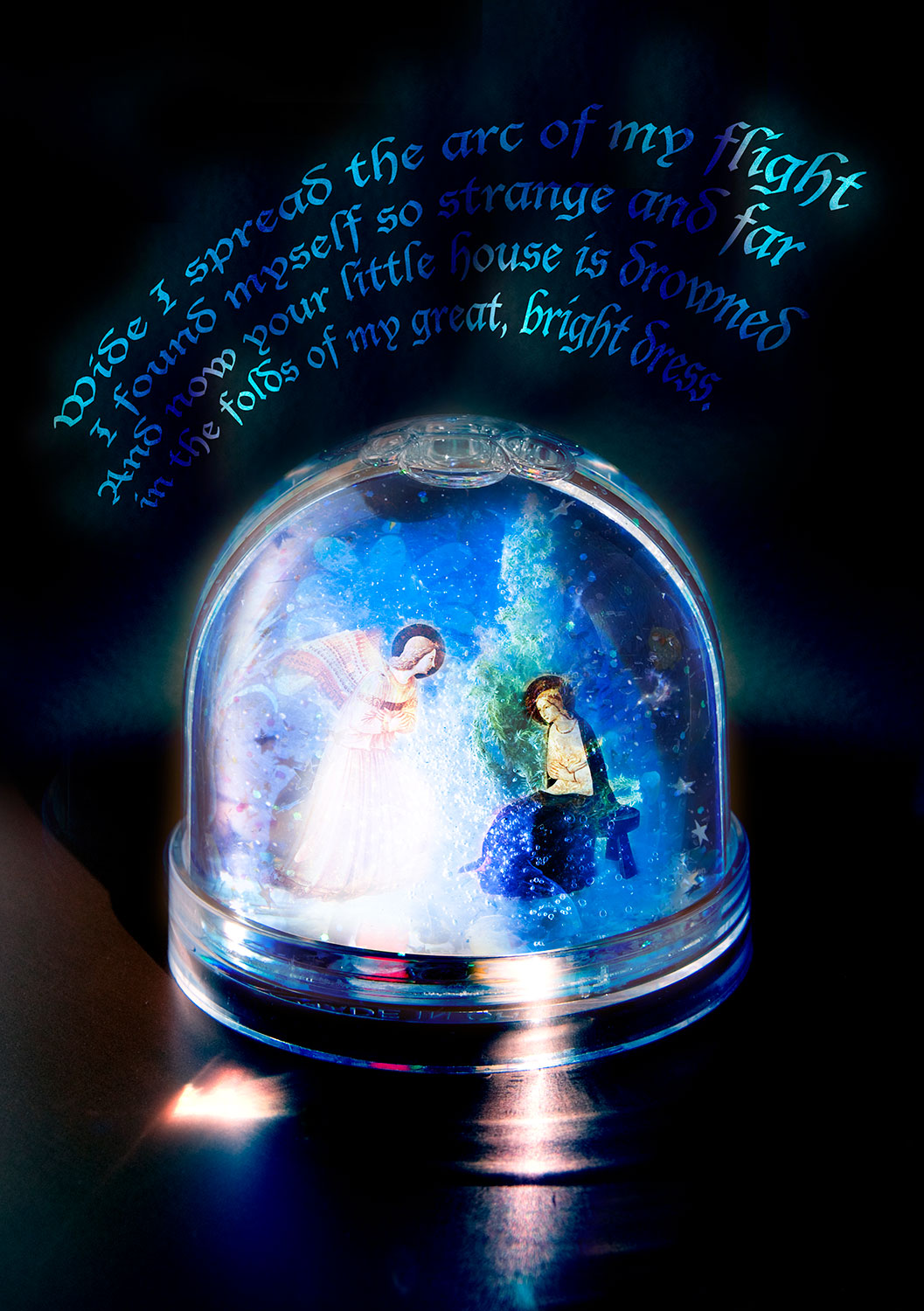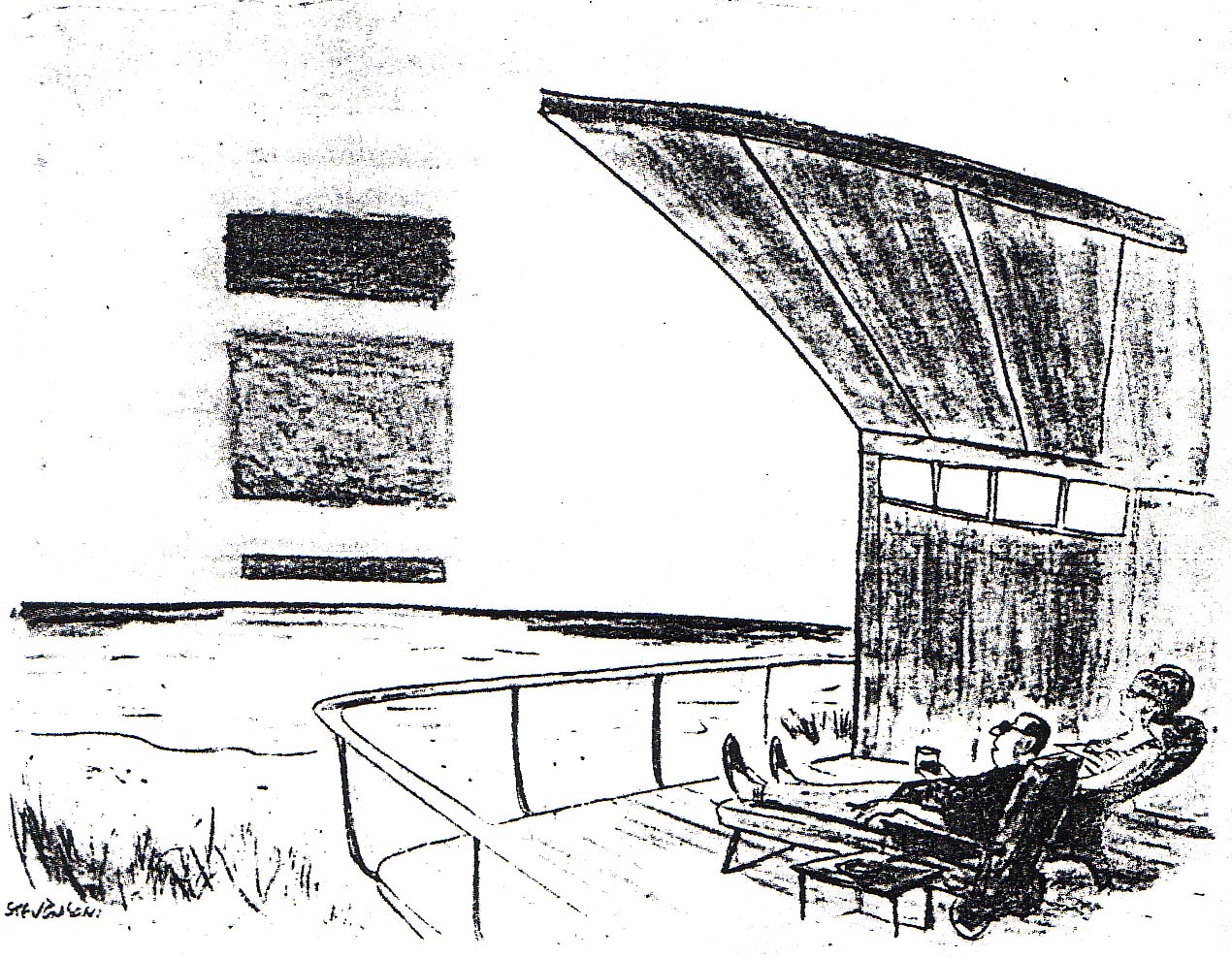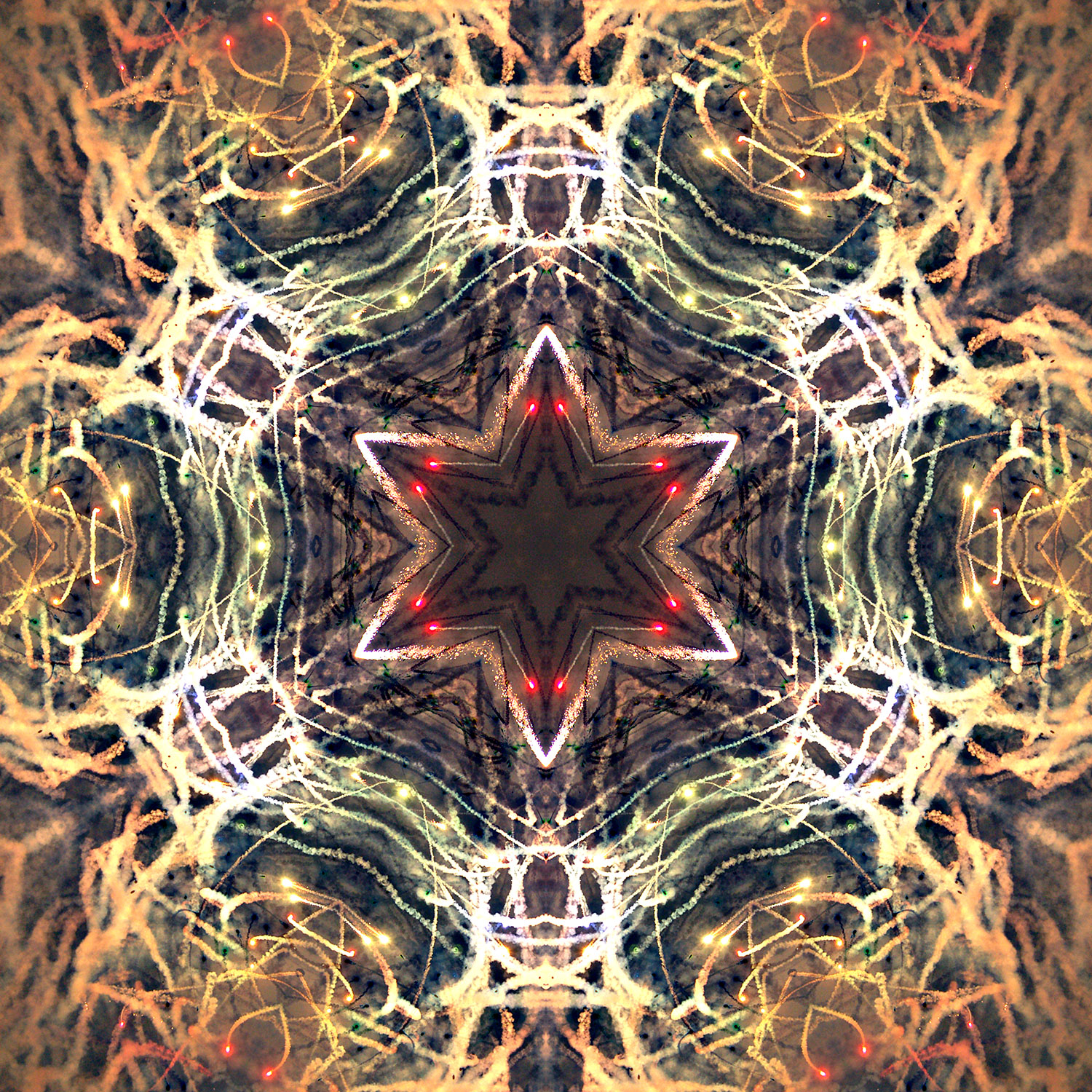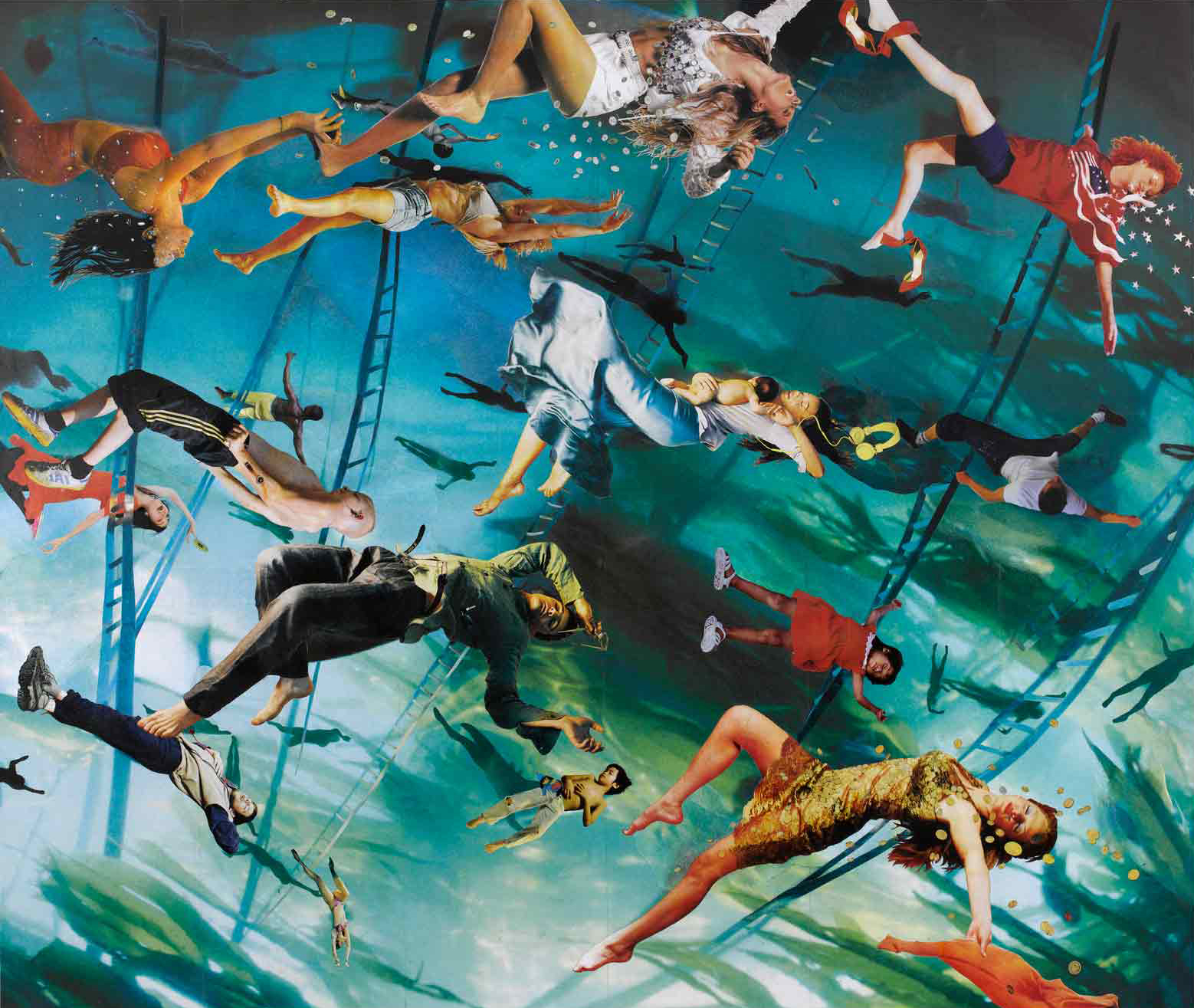My Christmas card for 2012 features words from a poem by Rainer Maria Rilke and some details of Fra Angelico’s famous fresco – a confluence of ideas from the same titles, but disparate elements coming to the fore. Rilke’s poem, Annunciation, of 1899, is a beautiful, bewitching expression of the angel’s point of view. It unwraps the encounter with a perspective that seems to see Mary as the anchor to heaven’s multiplicity and expanse. Everything eternal and bright comes together in the slender form of Mary – we are perhaps more used to this as a post-annunciation effect, Jesus being the radiant result. Instead, here, Mary is a tree, the Tree, that symbol which is not simply about ever-green life but also about rootedness and a dependent life. Read the full poem here.
The figures of the angel and Mary in my image are borrowed from Fra Angelico’s The Annunciation of 1438-45. The bent knee and the leaning forms of both are more pronounced in the well-known version of the painting at the San Marco convent in Florence, but there is another, simpler painting of the scene in one of the cells at the same convent, probably of a later date. This painting is very simply set in an arched-ceiling terrace that precisely reflects the arched ceiling of the cell itself. It’s a dome both within and through the walls – a precise and perfectly attuned way of suggesting the immediacy of the event (see here). My snow-globe hints at the composition, but this time, the pocketable, shiny trinket is an ever-reflecting, ever-occurring containment of the scene. I like the sense of smallness – something found in a dark corner, whether at the back of a 15th-century cloister, or tucked away in the cupboard where the Christmas decorations are kept. Small, but explosive.
Header image: The Annunciation, 2012, by Sheona Beaumont.




a mixture of everything!